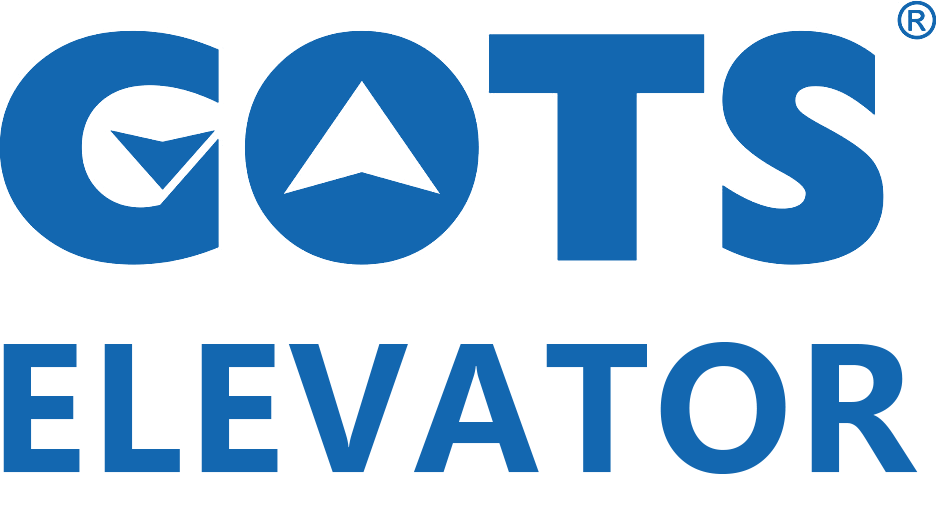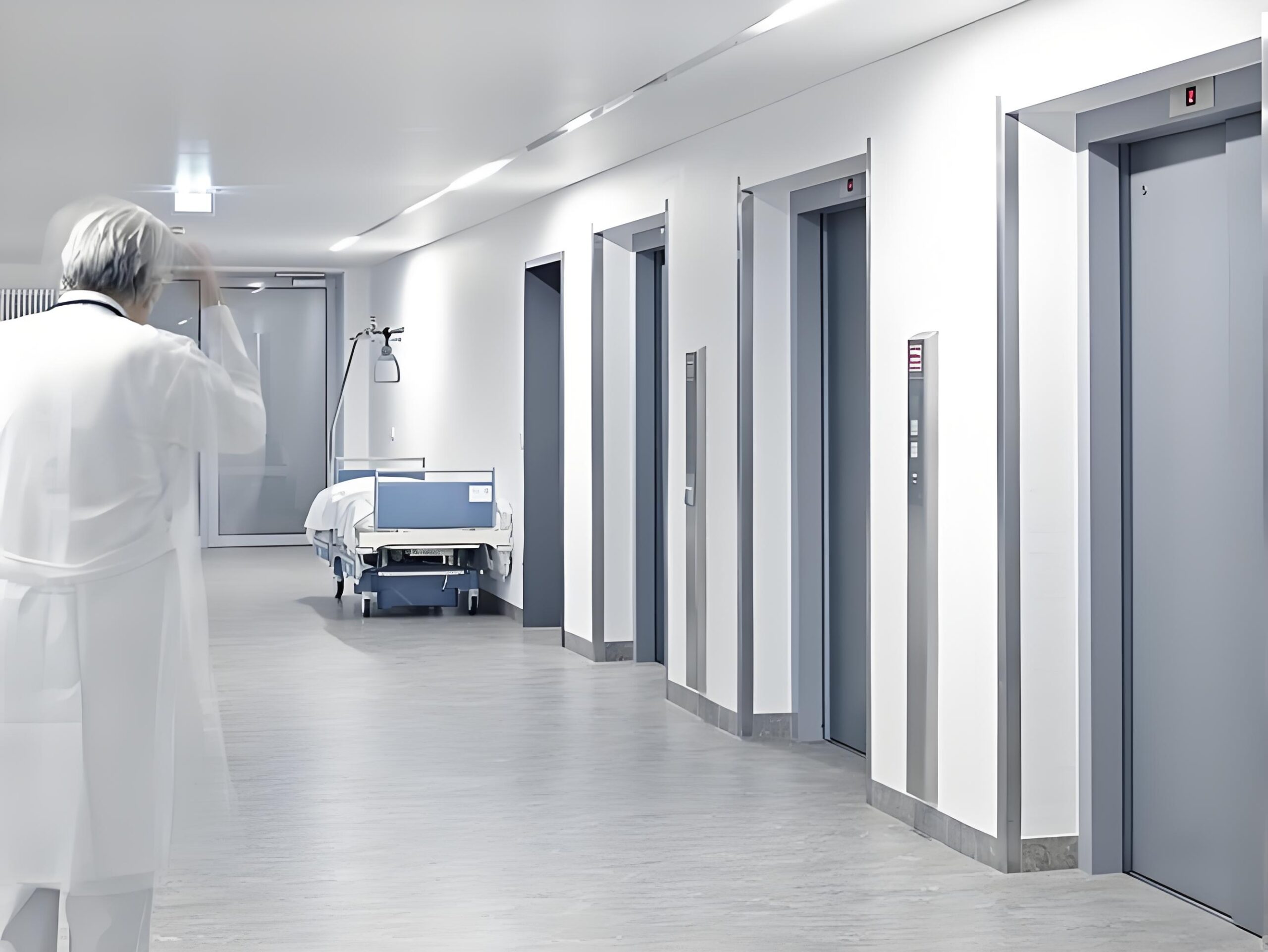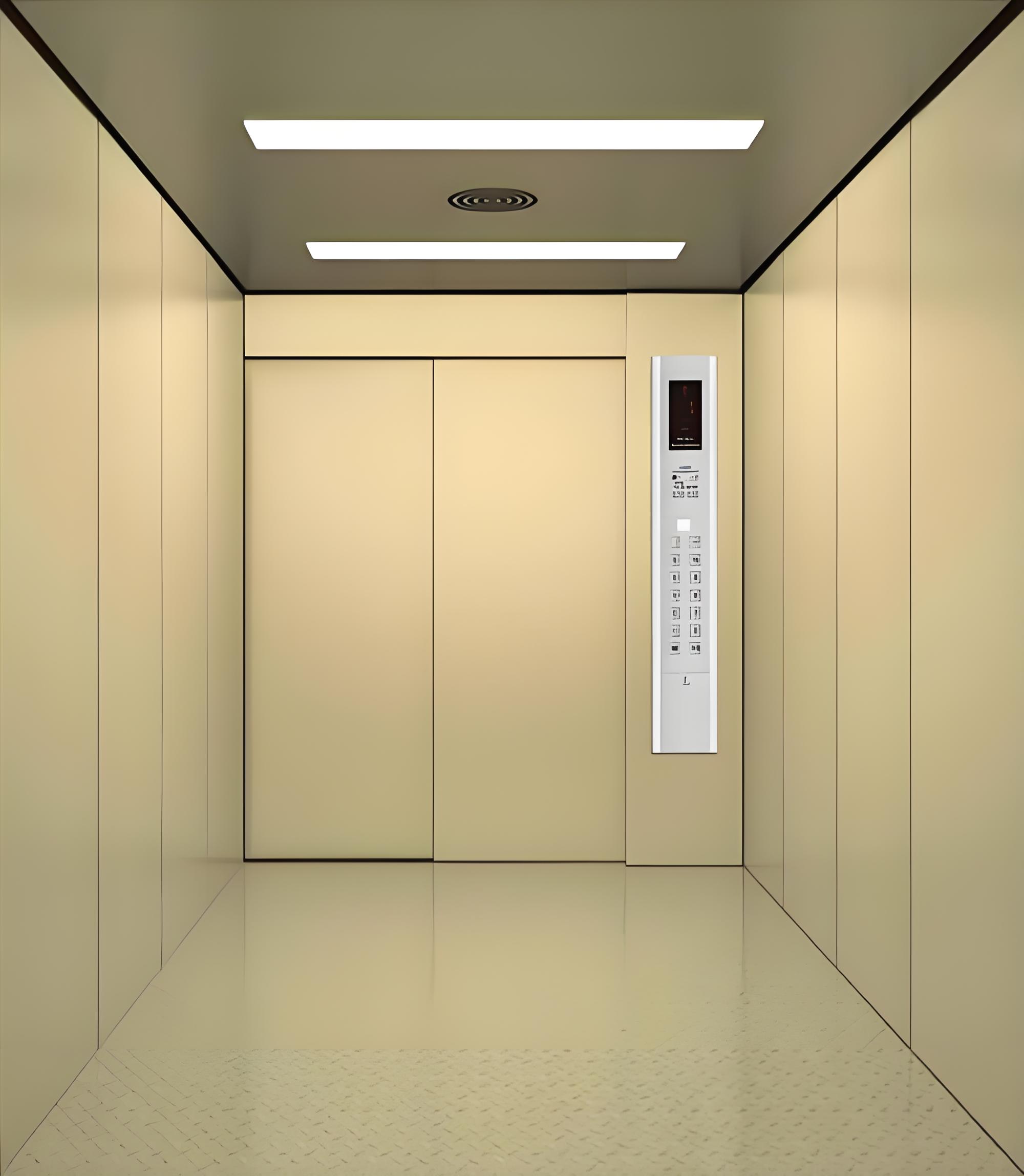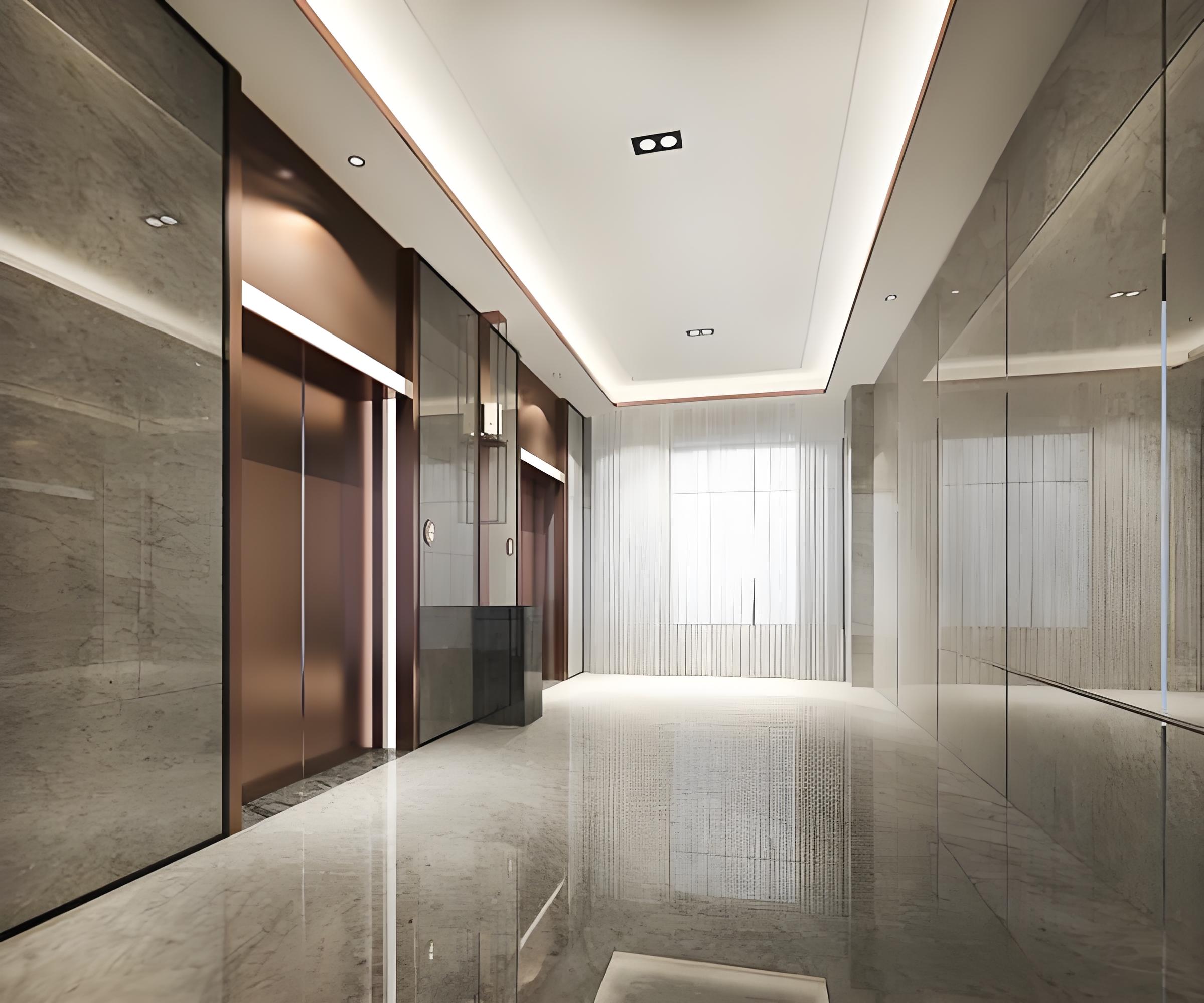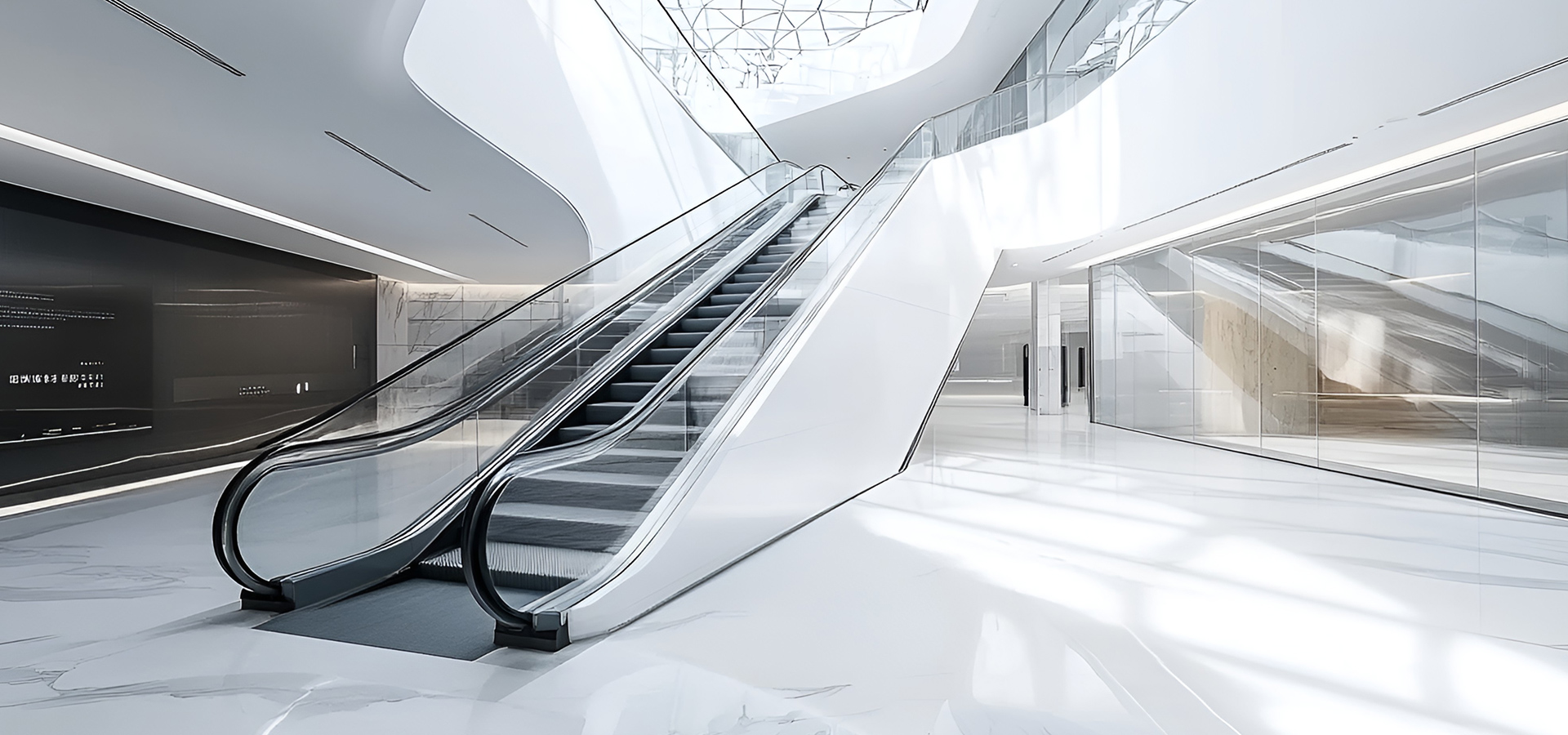When planning elevators for commercial premises like hospitals, hotels, or office towers, understanding the elevator requirements for commercial buildings is essential. At GOTS Elevator, we design and customize hospital-grade elevators that meet strict standards for safety, capacity, comfort, and performance. Here’s a comprehensive guide to help you navigate key considerations and how GOTS can assist.
Safety and Certification Requirements
Safety is paramount. Elevators in commercial buildings must comply with local building codes and international standards (e.g., EN 81 in Europe or ASME A17.1 in North America). Hospital elevators also require medical certifications to accommodate stretchers, stainless-steel interiors, and easy-to-clean surfaces.
Proper rescuer access, backup power in case of outages, and fire-rated doors are also mandatory. GOTS elevators are fully certified and equipped with advanced safety features, including emergency communication systems and integrated diagnostics.
Efficiency and Capacity Requirements
Commercial spaces demand high operational performance. Regulatory elevator requirements for commercial buildings set standards for speed, load capacity, and traffic handling. For instance, hospital elevators must be large enough to carry a stretcher plus an attendant, with capacities often around 1,000–3,500 kg.
GOTS’s hospital elevators can be built with 1,600 kg or 2,500 kg capacities, and speeds between 1.0 and 2.5 m/s to match the building’s needs. With smart dispatching and multi-car group systems, wait times and bottlenecks are significantly reduced.
Comfort Requirements
Smooth and quiet rides are not merely pleasant—they’re expected in hospitals and upscale buildings. ISO-regulated parameters for ride comfort include noise (under 60 dB), vibration limits, and leveling accuracy. GOTS uses gearless traction machines, soft-start drives, and high-performance suspension to ensure a gentle ride. Spacious, well-lit, and ADA-compliant cabins make a positive impression on patients, staff, or tenants.
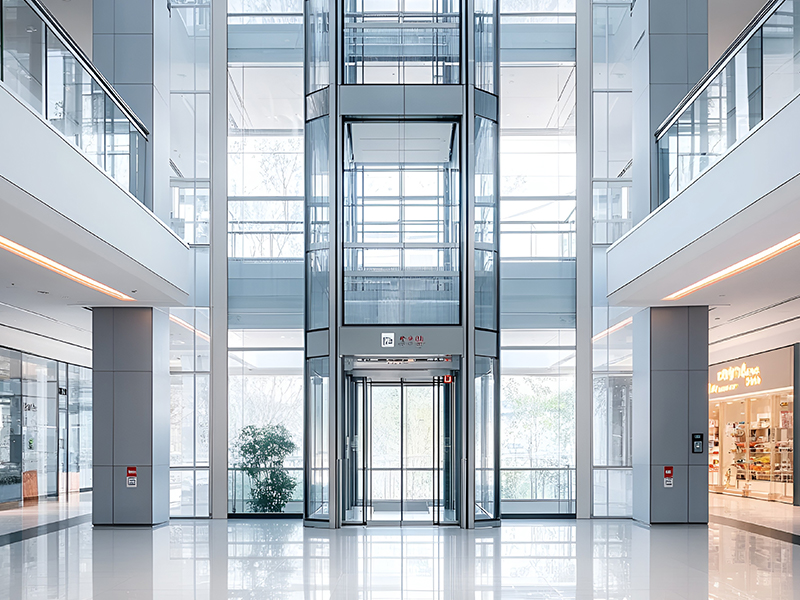
Maintenance and Management Requirements
Commercial elevator regulations also specify inspection intervals, maintenance schedules, and equipment monitoring. Regular servicing by licensed partners is essential for continued compliance and user safety. GOTS offers both preventive and predictive maintenance contracts, including 24/7 remote monitoring. Our service plans ensure routine checks, fast response times, and log-keeping to meet building inspection standards.
Special Scenario Requirements
Different commercial facilities have unique challenges:
- Hospital Elevators– Need stretcher-friendly dimensions, hands-free controls, infection-resistant interiors, and advanced dispatch for emergency priority service.
- High-Traffic Office Towers– Require intelligent elevator grouping and variable speed drives for efficient morning and peak flows.
- Cargo & Service Elevators– Used in hotels or retail, must handle heavy loads with reinforced cabs and gate protection.
GOTS designs hospital elevators tailored to these requirements without compromising performance.
GOTS Supports Customization
Every commercial facility is different. GOTS excels in customizing elevators—from cabin dimensions, load capacity, door types, speeds, finishes, to control systems. Want stainless steel walls? Touchless controls? Custom medical handles or antimicrobial handrails? GOTS can build it. Our design experts help you meet elevator requirements for commercial buildings while aligning with architectural plans and project specifications.
FAQ
Q1: What load capacity should a hospital elevator have?
A: Most hospital elevators are built for 1,600–2,500 kg to accommodate stretchers, attendants, and equipment.
Q2: How often do I need elevator inspections?
A: Typically, commercial elevators require professional inspections annually, with basic safety tests every 3–6 months. GOTS’s service plans are structured to meet these intervals.
Q3: Do I need backup power?
A: Yes, backup generators or UPS systems are essential so elevators can operate during power outages.
Q4: Can GOTS elevators be connected to my building’s management system?
A: Absolutely. Our systems support BMS integration, remote monitoring, and fault alerts via cloud platforms.
Conclusion
Meeting elevator requirements for commercial buildings involves safety certifications, suitable capacity, rider comfort, ongoing upkeep, and system customization. With specialized customization, reliable support, and sustainable performance, GOTS ensures your facility meets regulations while enhancing user experience.
